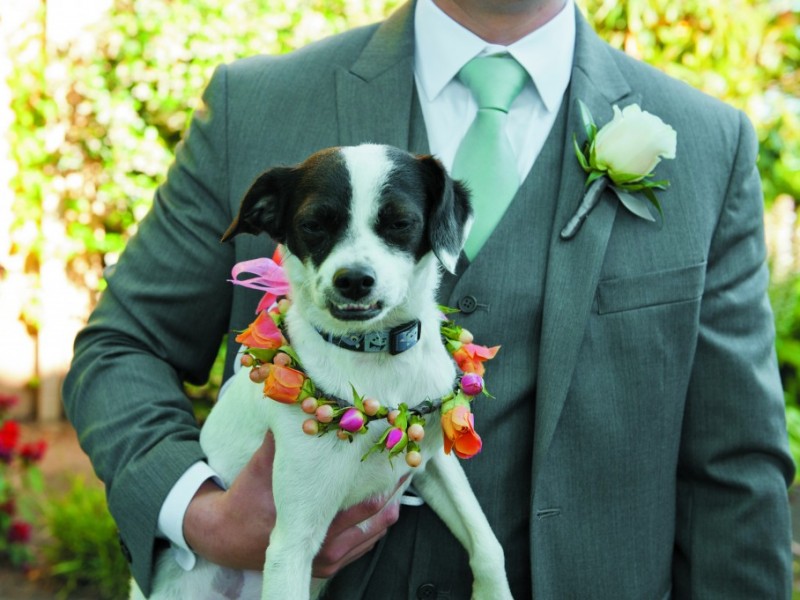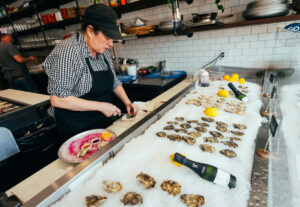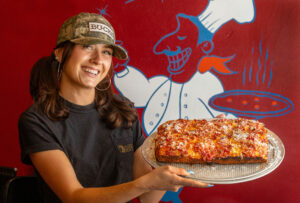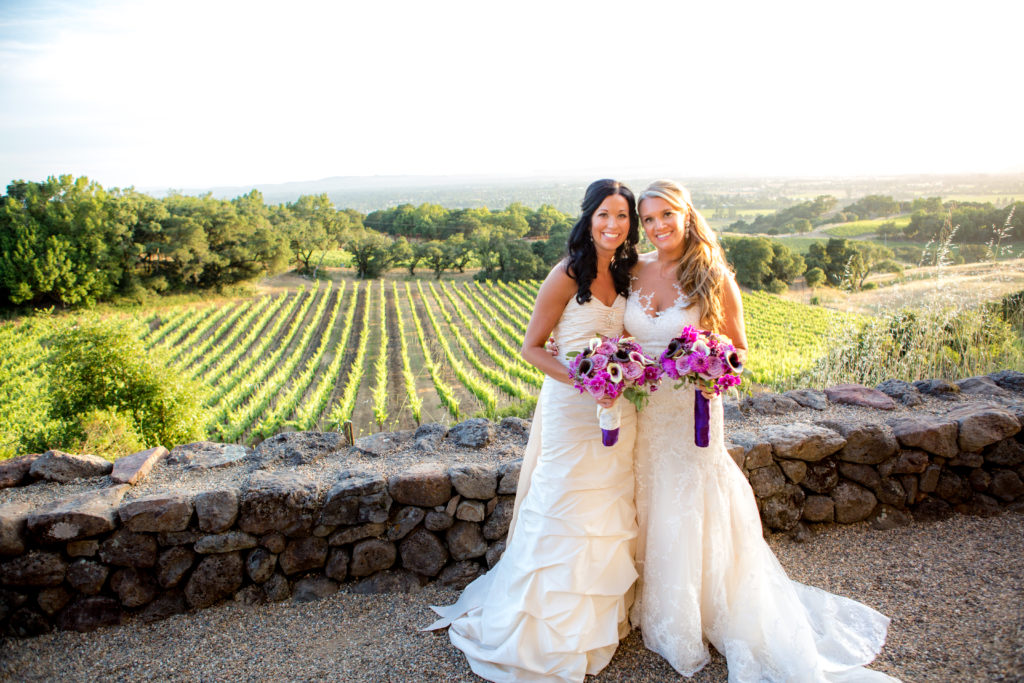How do you cut off the ramblings of a drunken best man? Any way you can, just as long as you do it quickly, says etiquette expert Paul Wagner.
Wagner, founder of Balzac Communications, knows a thing or two about politely reining in a toast gone wild. For more than a decade he has covered the topic in “A Cultural Appreciation of Wine,” a course he teaches at Napa Valley College.
Learning the dos and don’ts of toasting will help you with damage control, but it may also help you prevent disasters by setting up the right protocol beforehand.
Here are a few tips from Paul Wagner:
Who should give toasts?
At formal weddings, the father of the bride makes the toast to welcome the guests because he’s the host. But at more modern weddings, that’s typically the best man’s job. He sometimes is followed up by the maid of honor, and then perhaps the groom.
Other weddings have an open mic policy, which can lead to all sorts of problems:
It’s best to leave the toasts to a couple of people who have prepared their remarks and have the permission of the wedding couple to speak.
As for the duration of the toasts:
Short and sweet, three to five minutes at most. As all performers will tell you, it’s better to leave the audience wishing for more than it is to go beyond your welcome. If your remarks need a second page, find an editor.

By all means, don’t be afraid to cut off a long-winded toast:
If the whole toasting session goes on for more than 15 minutes, you will lose the audience, and they will have to run out of toasting wine. Unless one of the guests is Wilson Picket. Then he gets to sing as many songs as he would like.
As for crafting a toast, there are two things to keep in mind:
The first rule is to ask the bride and groom if they’d prefer an inspirational toast or a humorous one. The second rule is that most people are not professional comedians. So when in doubt, be sincere and heartfelt, and leave the comedy to the pros.
Whether you’ll play it straight or be a comic, you’ll want to weave in a story:
It’s sometimes nice to include a story that underscores the foundation of the marriage, how they support the same sports team or have a key opinion in common. Sometimes a short story about how the couple met, particularly if the best man played a role in that meeting.
While some toasts are definitely not PG, keeping the risqué factor in check also is important.
It’s a wedding, not a roast. It’s an opportunity for the whole community to show their love and support for the newlyweds. Leave the risqué humor for later conversations where the bride’s sweet grandmother will not be in attendance.
There’s also a protocol for wine lovers.
The caterer pours a tasting glass for everyone and tells the crowd this particular glass is for the toast. Hopefully that will keep them from polishing it off too quickly.
As for what’s in the glass, it depends:
If the plan is to have this same wine with the wedding cake, please don’t serve a dry sparkling wine like champagne. Nothing is worse than a dry wine with a very sweet cake.
Paul Wagner fancies prosecco or Asti Spumante because they’re sweet and fruity and pair well with wedding cake. If cake isn’t in the picture, a dry bubbly will work beautifully.
“I like the idea of serving a wine that has some kind of meaning to the newlyweds, like the wine they drank when they first met or from the winery they love to visit. Of course if budget is a concern, then simply work with the caterer to find a wine you like within your budget.”
The toast has long been an important tradition, here’s why:
The wedding ceremony is the ritual of the couple uniting and speaking of their love of community. The toast is an opportunity for the community to speak back, to tell the couple how much they are loved and supported.












